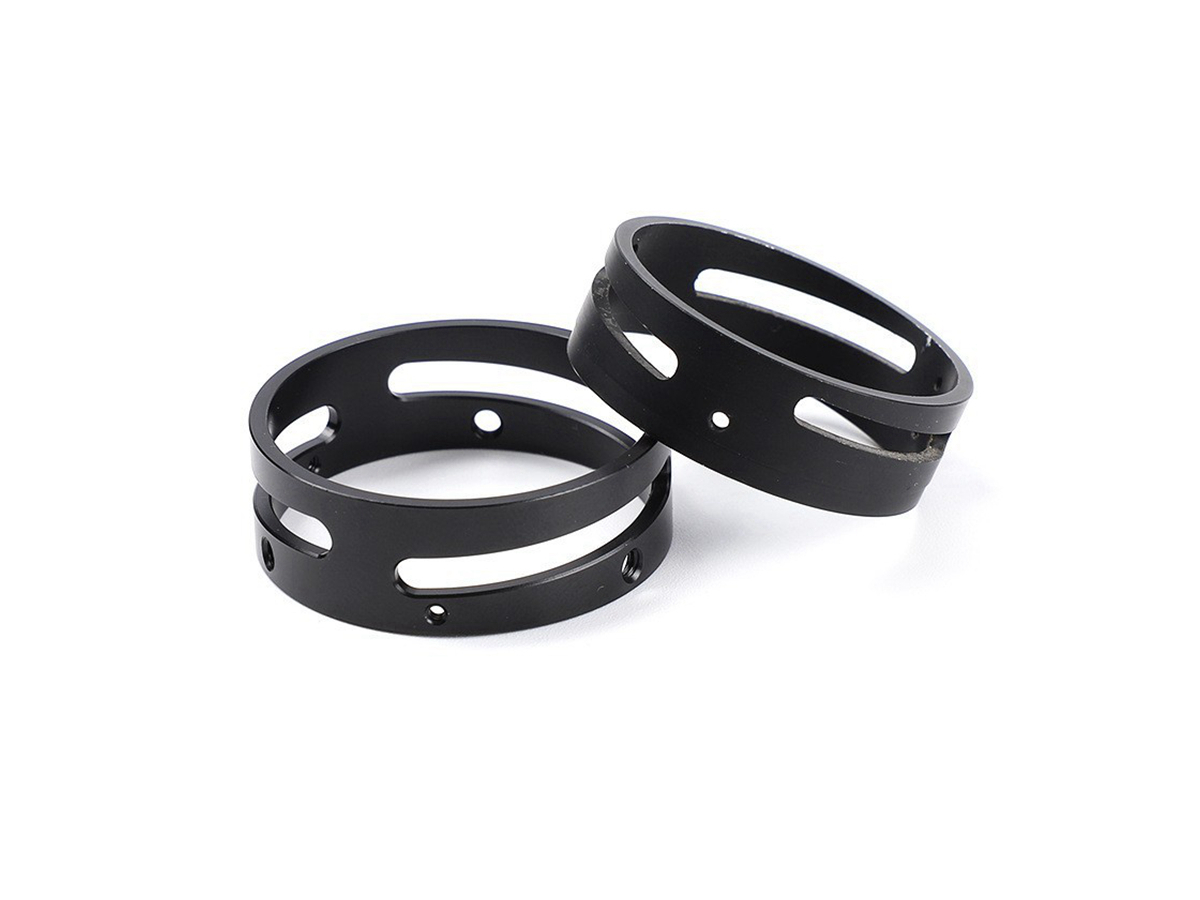High-Performance CNC Machining of Nylon for Gears and Wear-Resistant Components
Introduction to High-Performance CNC Machined Nylon Components for Gears and Wear Resistance
Industries such as automation, robotics, and industrial equipment frequently rely on materials offering excellent mechanical strength, wear resistance, and low friction properties. Nylon (Polyamide, PA) is a widely recognized engineering thermoplastic valued for its outstanding toughness, abrasion resistance, self-lubricating capabilities, and superior machinability. CNC machining of nylon allows manufacturers to create precise, high-quality components, including gears, bearings, bushings, and sliding elements.
Utilizing advanced CNC machining, Nylon components can be accurately fabricated to meet strict tolerances, complex geometries, and optimal surface finishes, ensuring long-lasting performance even under demanding operational conditions.
Comprehensive Analysis of Nylon for Wear-Resistant Gear Components
Material Performance Comparison for CNC Machined Nylon Components
Material | Tensile Strength (MPa) | Wear Resistance | Coefficient of Friction | Typical Applications | Advantage |
|---|---|---|---|---|---|
60-80 | Excellent | 0.2-0.3 | Gears, bearings | Self-lubricating, high wear resistance | |
60-70 | Excellent | 0.15-0.2 | Precision gears, rollers | High stiffness, dimensional stability | |
35-45 | Outstanding | 0.1-0.2 | Conveyors, wear strips | Superior abrasion resistance | |
20-35 | Good | 0.05-0.1 | Bearings, seals | Excellent chemical resistance, very low friction |
Material Selection Strategy for CNC Machined Nylon Gear Components
Selecting Nylon for CNC machining of gear and wear-resistant components involves assessing mechanical strength, friction properties, and wear resistance:
Precision gears, bearings, bushings, and wear components significantly benefit from Nylon due to its combination of high tensile strength (60-80 MPa), superior abrasion resistance, and self-lubricating qualities.
For applications requiring higher stiffness and dimensional stability, such as precision gears and fine mechanisms, Acetal (POM) serves as an alternative.
Components exposed to extreme abrasion or sliding friction, such as conveyor parts and guides, often utilize UHMW-PE.
Parts demanding extremely low friction or chemical resistance, including sealing components or chemical processing parts, are ideally produced from PTFE (Teflon).
CNC Machining Processes for Nylon Components and Gear Parts
CNC Machining Process Performance Overview
CNC Machining Process | Dimensional Accuracy (mm) | Surface Roughness (Ra μm) | Typical Applications | Key Advantages |
|---|---|---|---|---|
±0.05-0.1 | 0.8-3.2 | Nylon gears, custom fixtures | Versatile, detailed geometries | |
±0.05-0.1 | 0.4-1.6 | Bearings, bushings, rollers | Precise cylindrical machining | |
±0.02-0.05 | 0.4-1.6 | Complex gear profiles, precision components | Exceptional precision, complex geometries | |
±0.05-0.1 | 1.6-3.2 | Mounting holes, assembly components | Accurate hole placement |
Process Selection Strategy for CNC Machined Nylon Components
Choosing the optimal CNC machining processes for Nylon gear and wear-resistant parts involves evaluating component complexity, required precision, and desired surface finishes:
Nylon gears and custom fixtures demanding precision within ±0.05 mm and detailed geometry are typically produced through CNC Milling.
Cylindrical components such as nylon bearings, rollers, or bushings requiring accurate rotation symmetry and smooth surfaces benefit from CNC Turning.
Complex gear profiles, intricate precision parts, or highly detailed assemblies requiring tighter tolerances (±0.02 mm) achieve optimal outcomes with Precision Multi-Axis CNC Machining.
Components necessitating precisely positioned holes or accurate assembly features commonly use CNC Drilling.
Surface Treatments to Enhance Nylon Gear Component Performance
Surface Treatment Performance Comparison
Treatment Method | Wear Resistance | Friction Reduction | Industrial Suitability | Typical Applications | Key Features |
|---|---|---|---|---|---|
Excellent | Outstanding | Excellent | Nylon bearings, sliding parts | Superior friction reduction | |
Good | Moderate | Excellent | Nylon housings, protective covers | Enhanced durability, aesthetic appeal | |
Moderate | Moderate | Good | Matte finish components, fixtures | Uniform matte texture | |
Moderate | Good | Excellent | Smooth gears, precision parts | Enhanced surface smoothness |
Surface Treatment Selection for CNC Machined Nylon Gear Components
Selecting surface treatments for CNC machined Nylon parts involves focusing on friction reduction, wear resistance, and aesthetic enhancements:
Bearings, gears, and sliding parts significantly benefit from PTFE (Teflon) coating for maximum friction reduction and enhanced wear resistance.
Nylon housings, protective covers, and visible components often receive UV coating to enhance aesthetic appeal and durability.
Matte finish components or fixtures requiring uniform surface texture typically utilize Sandblasting.
Precision gears or visible components demanding smooth, glossy finishes utilize Vapor Polishing to enhance surface quality and reduce friction.
Typical Prototyping Methods for Nylon Gear Components
CNC Machining Prototyping: Provides precision prototypes rapidly, ideal for validating functional accuracy and mechanical properties in Nylon gears and components.
Plastic 3D Printing: Offers rapid and economical prototype fabrication of Nylon gear components, enabling quicker design iterations and performance testing.
Quality Assurance for CNC Machined Nylon Components
Quality Control Procedures
Dimensional Inspection: Precision measurements via Coordinate Measuring Machines (CMM).
Surface Finish Testing: Profilometer evaluations for finish consistency.
Mechanical Property Testing: Tensile strength and abrasion resistance testing per ASTM standards.
Visual Inspection: Surface defect evaluation and consistency checks.
Non-Destructive Testing (NDT): Ultrasonic inspections for internal integrity.
Documentation: Detailed ISO 9001-compliant traceability and quality control documentation.
Industry Applications of CNC Machined Nylon Components
High-performance gears and bearings.
Robotics components and actuators.
Automation equipment bushings.
Wear-resistant industrial components.
Related FAQs:
Why choose Nylon for CNC machined gears and wear-resistant parts?
Which CNC machining processes best suit Nylon gear components?
How do surface treatments improve Nylon gear durability?
What quality control practices ensure Nylon CNC machining precision?
What industries commonly use CNC machined Nylon components?

